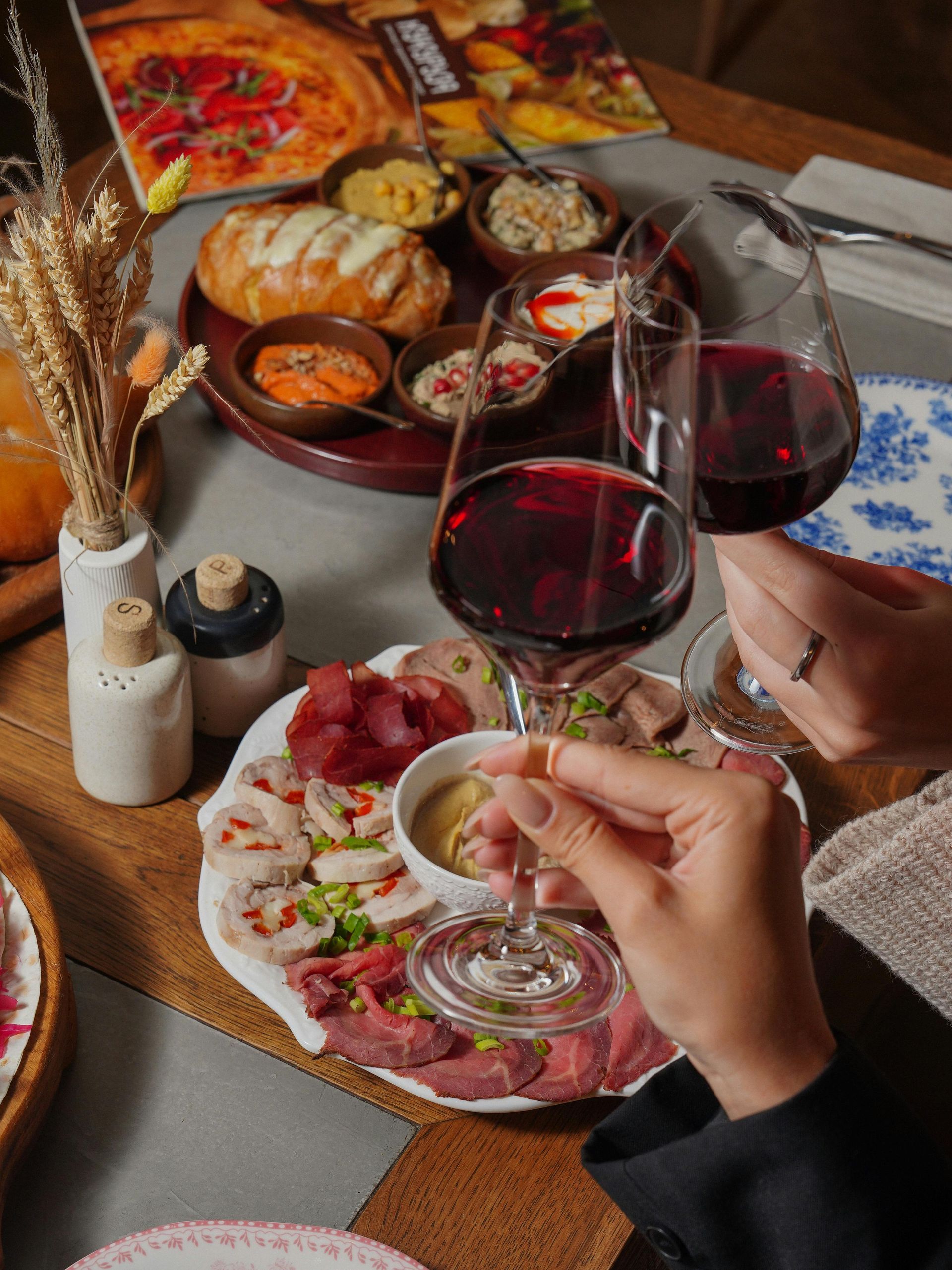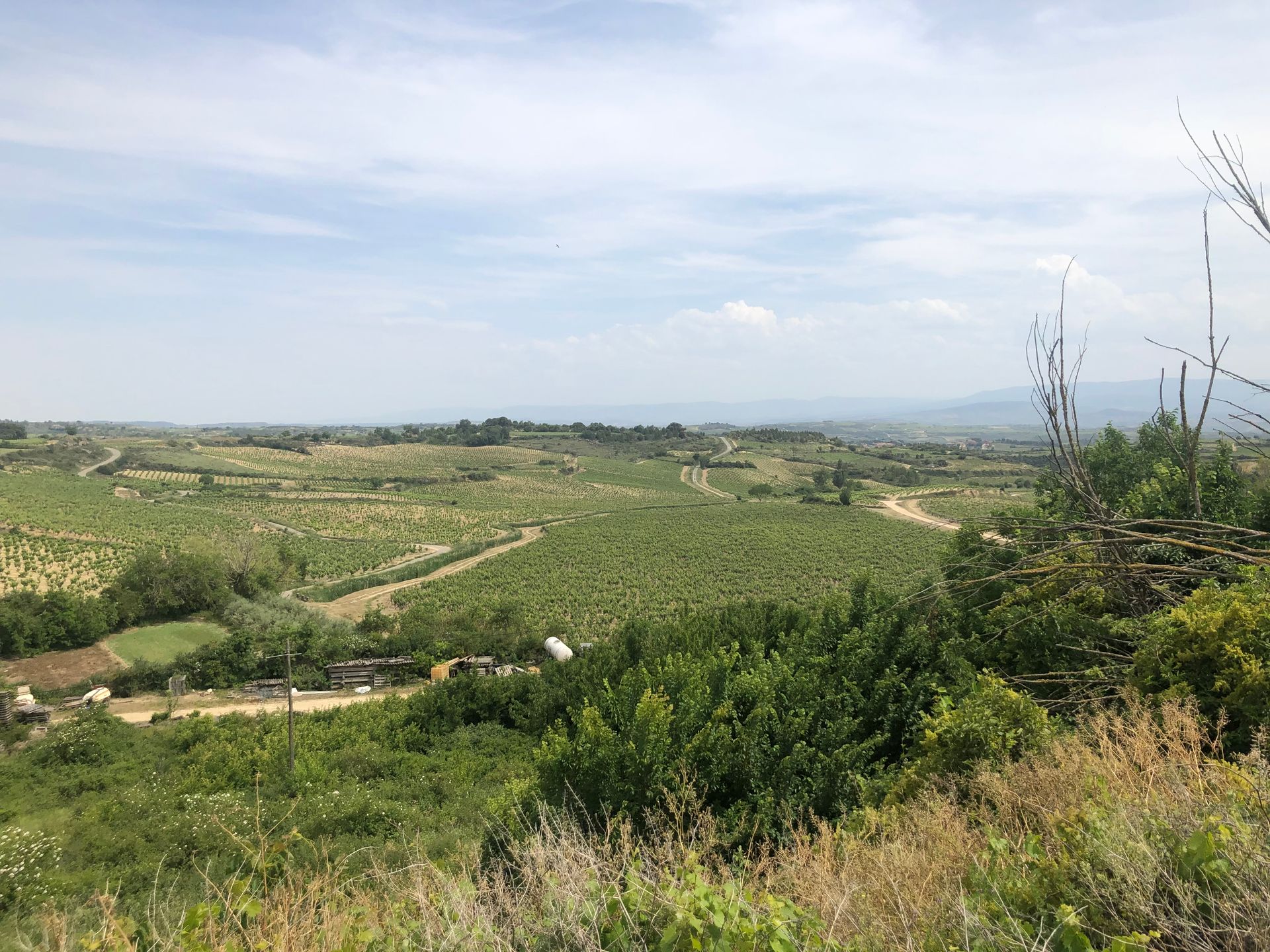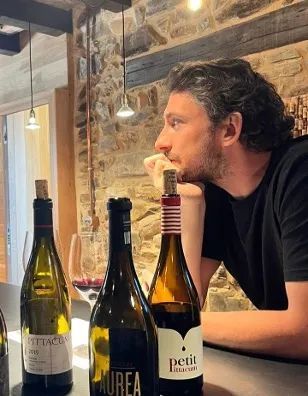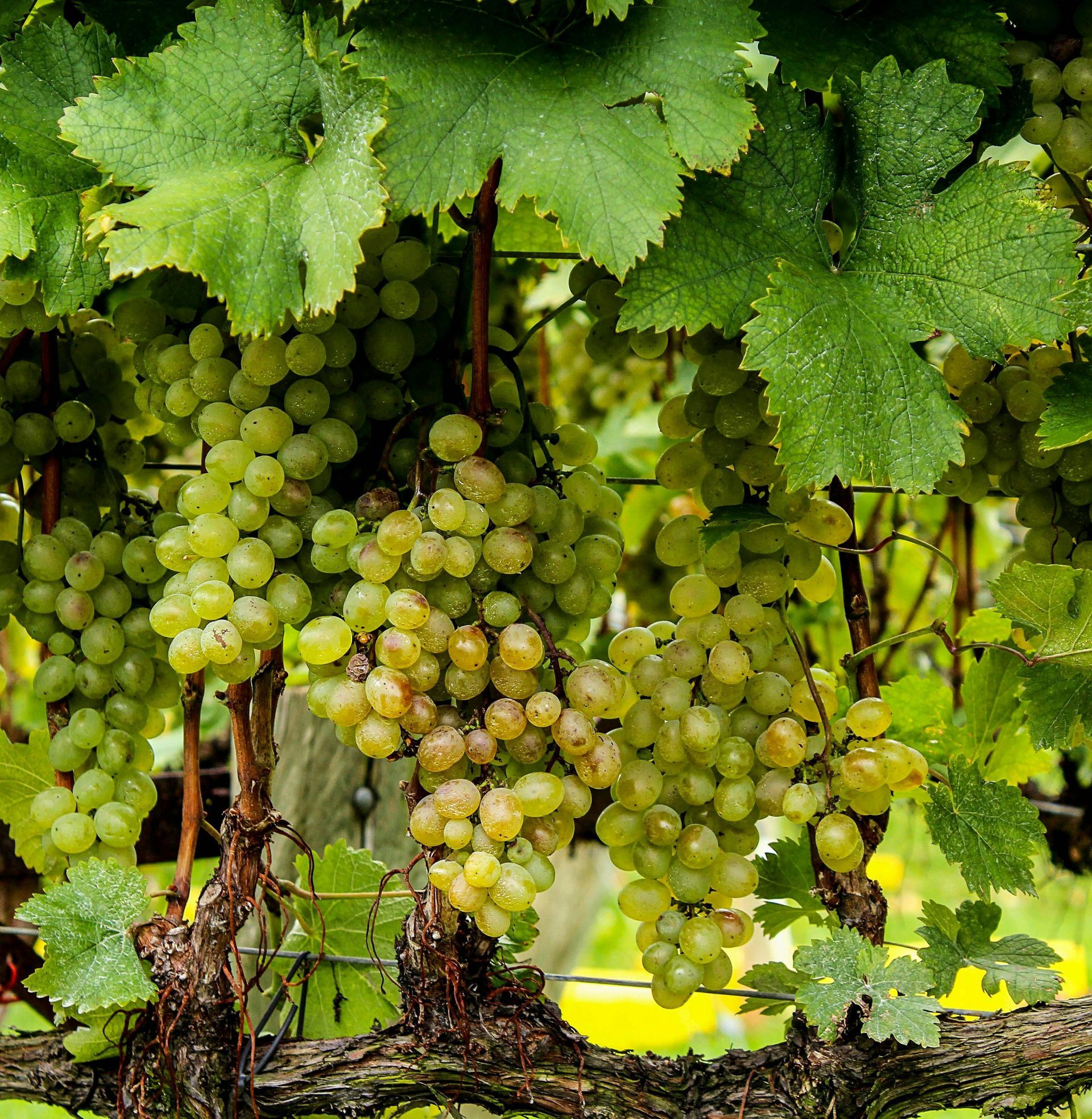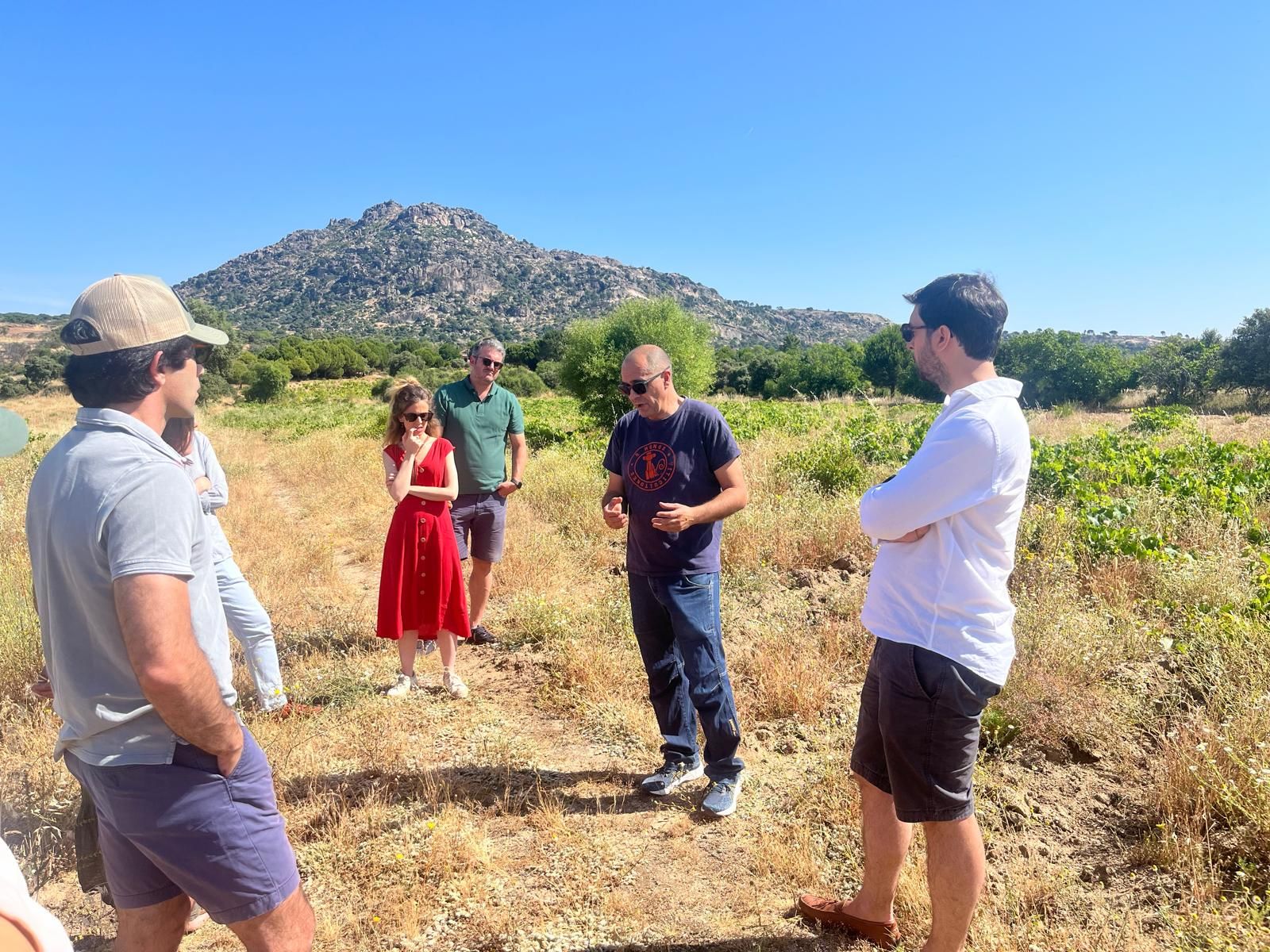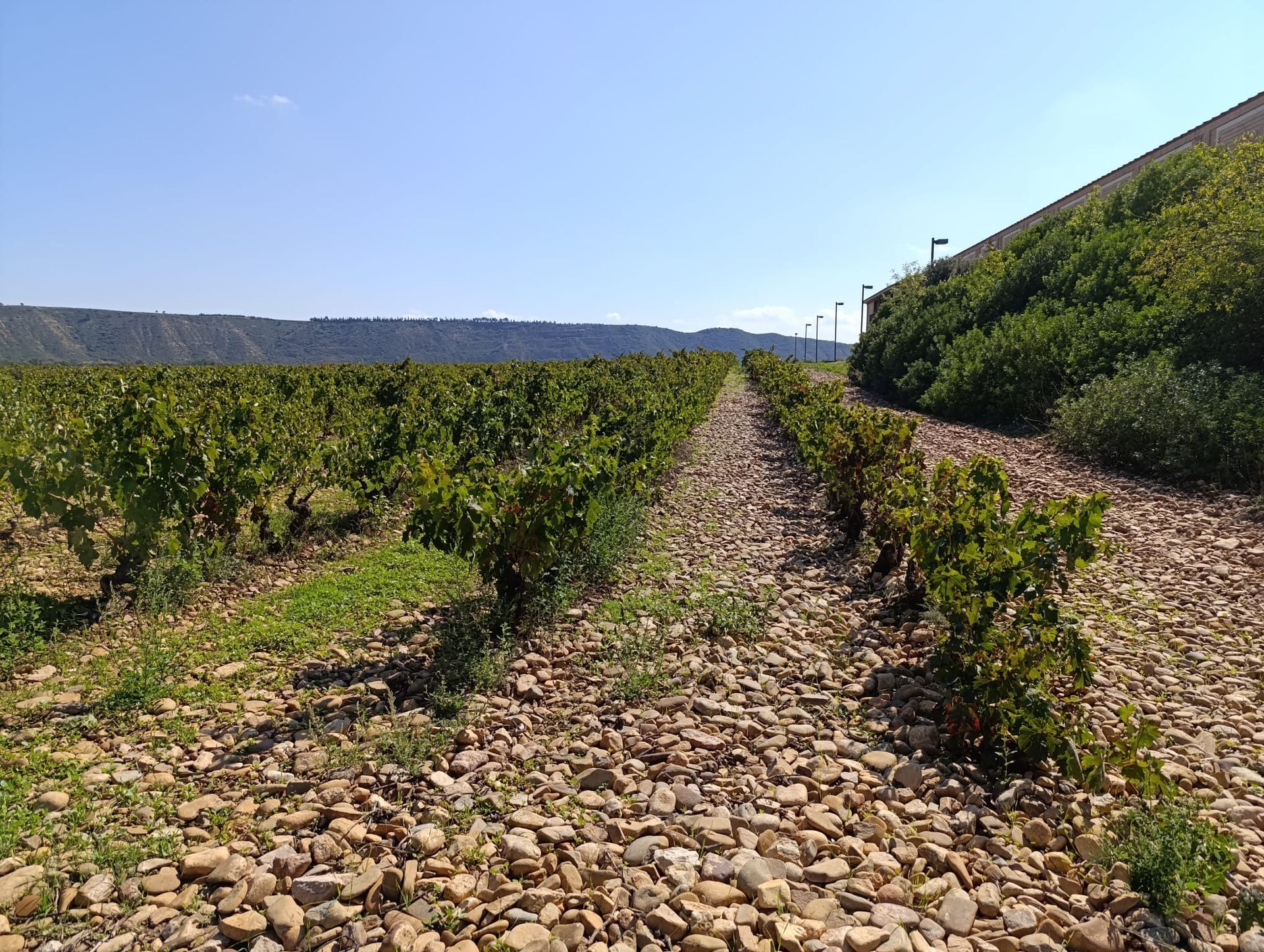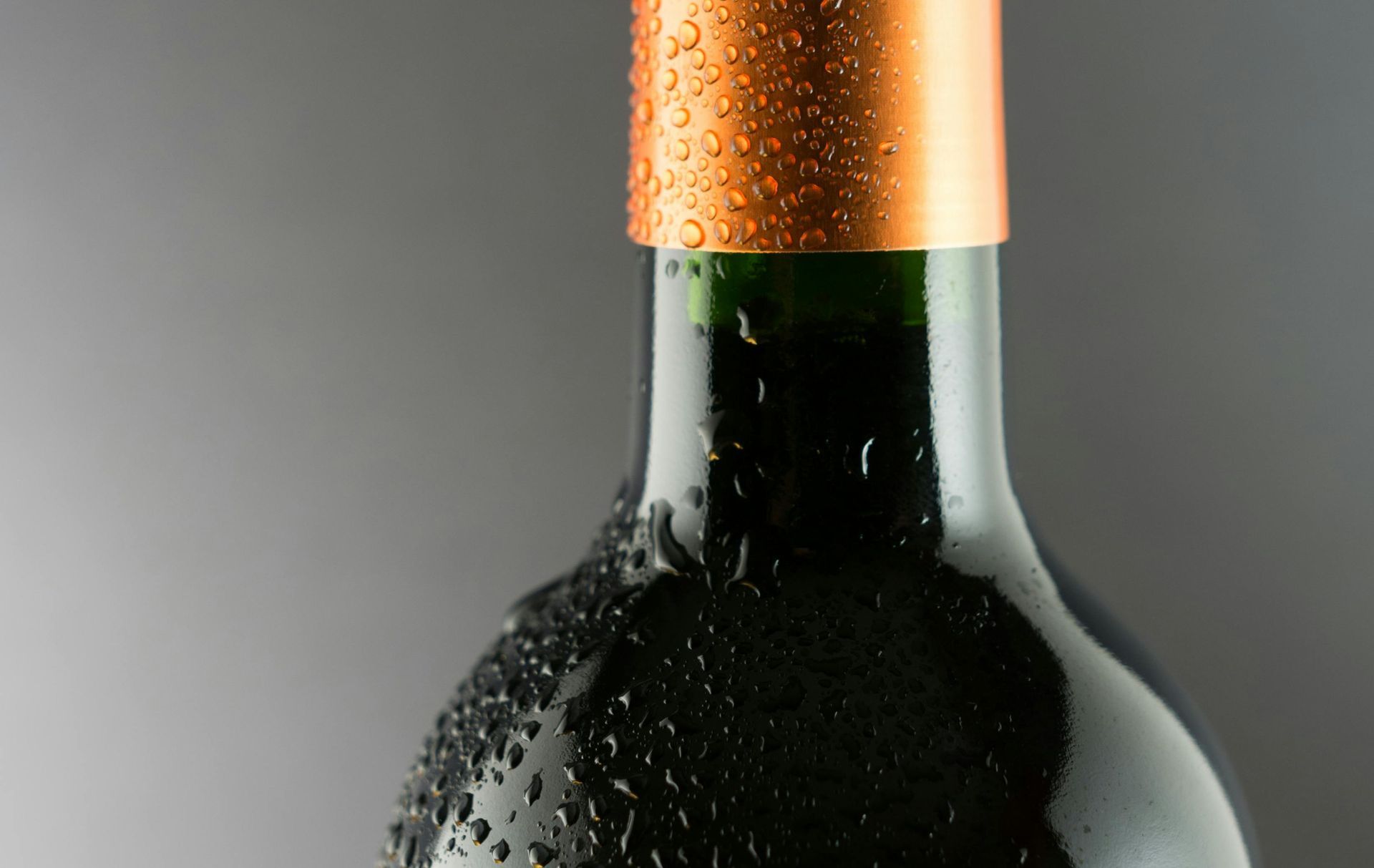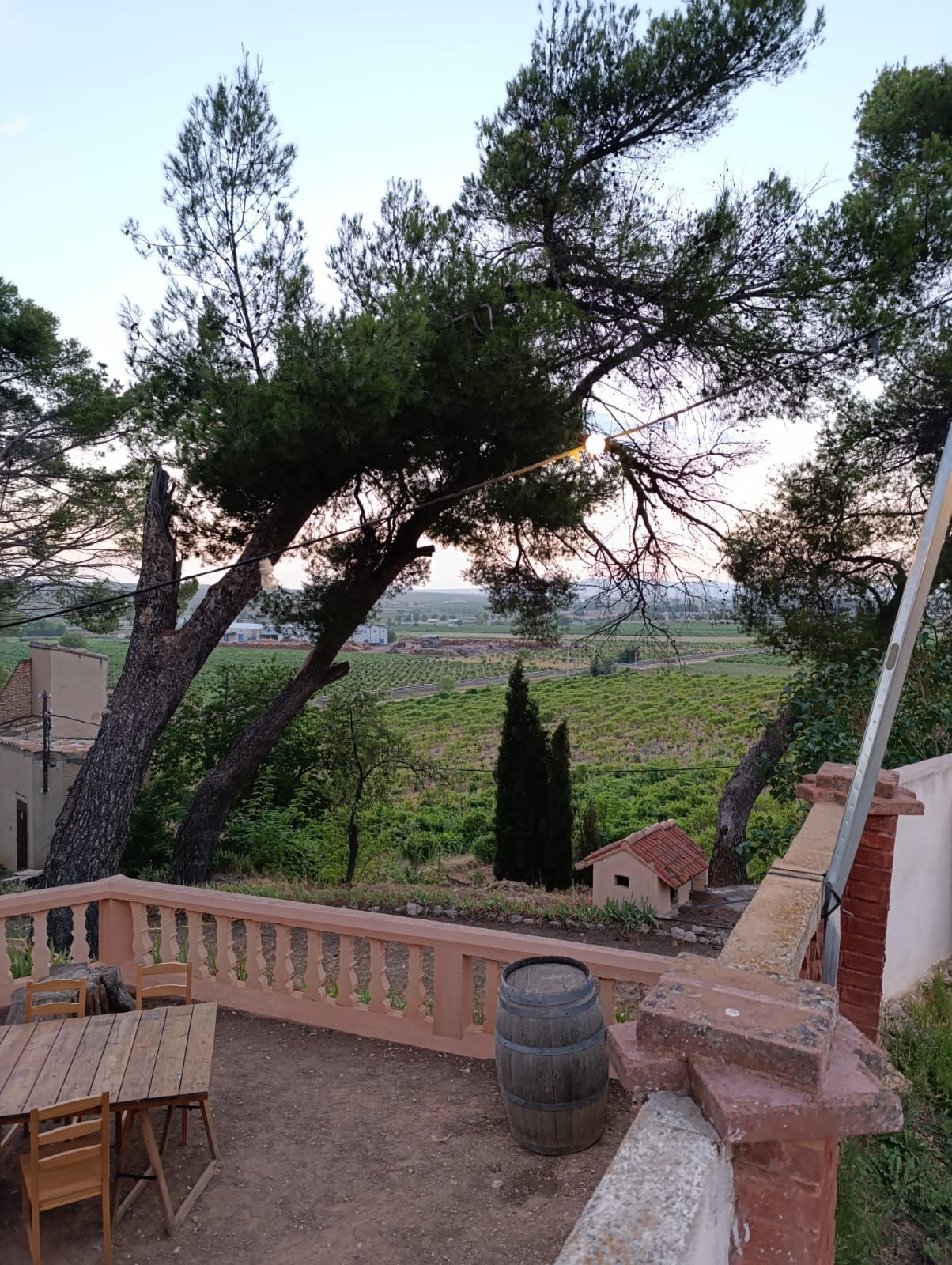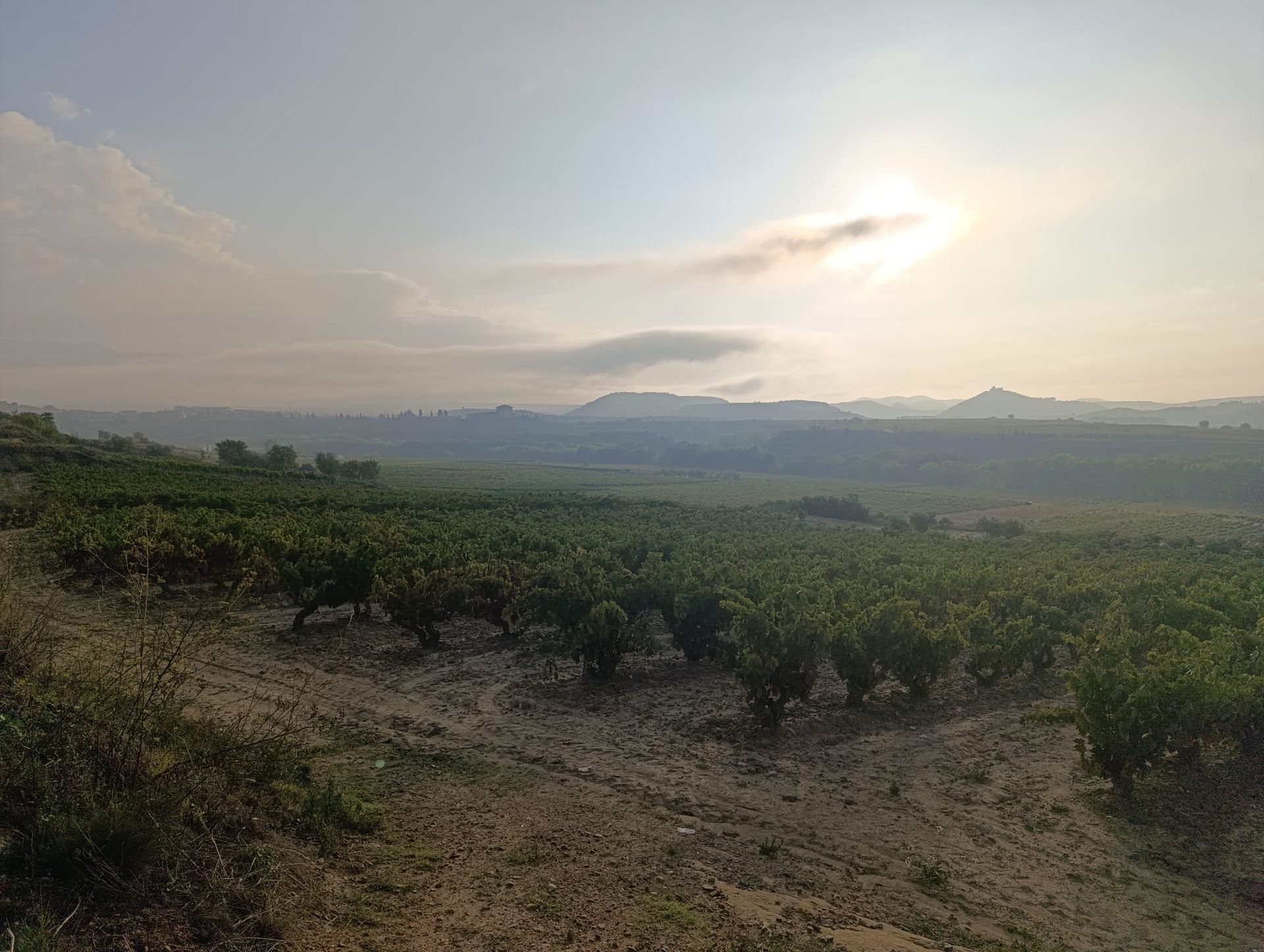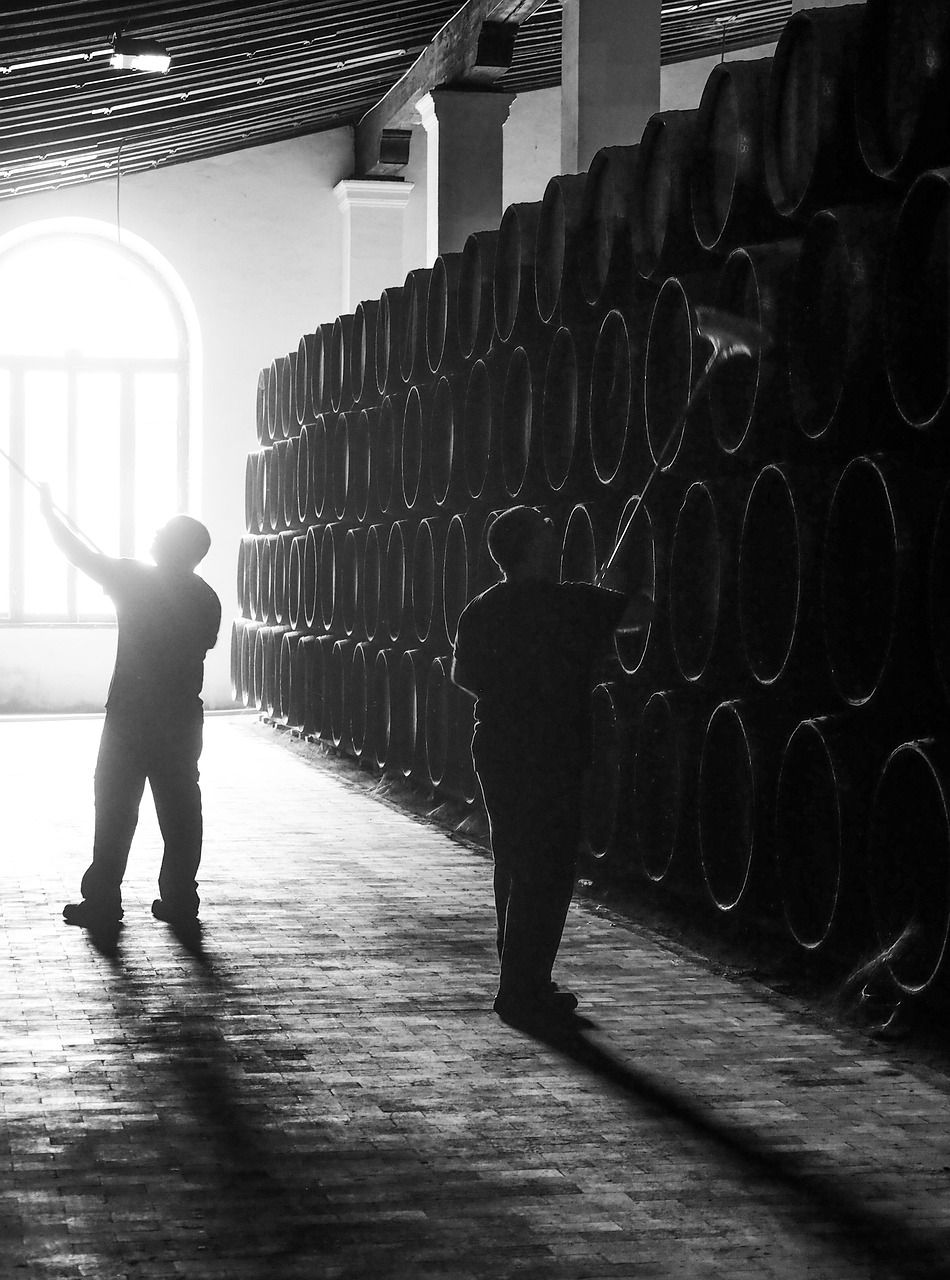Spain makes some of the most diverse and exciting wines on the planet, but the labels can read like a bureaucratic fever dream.
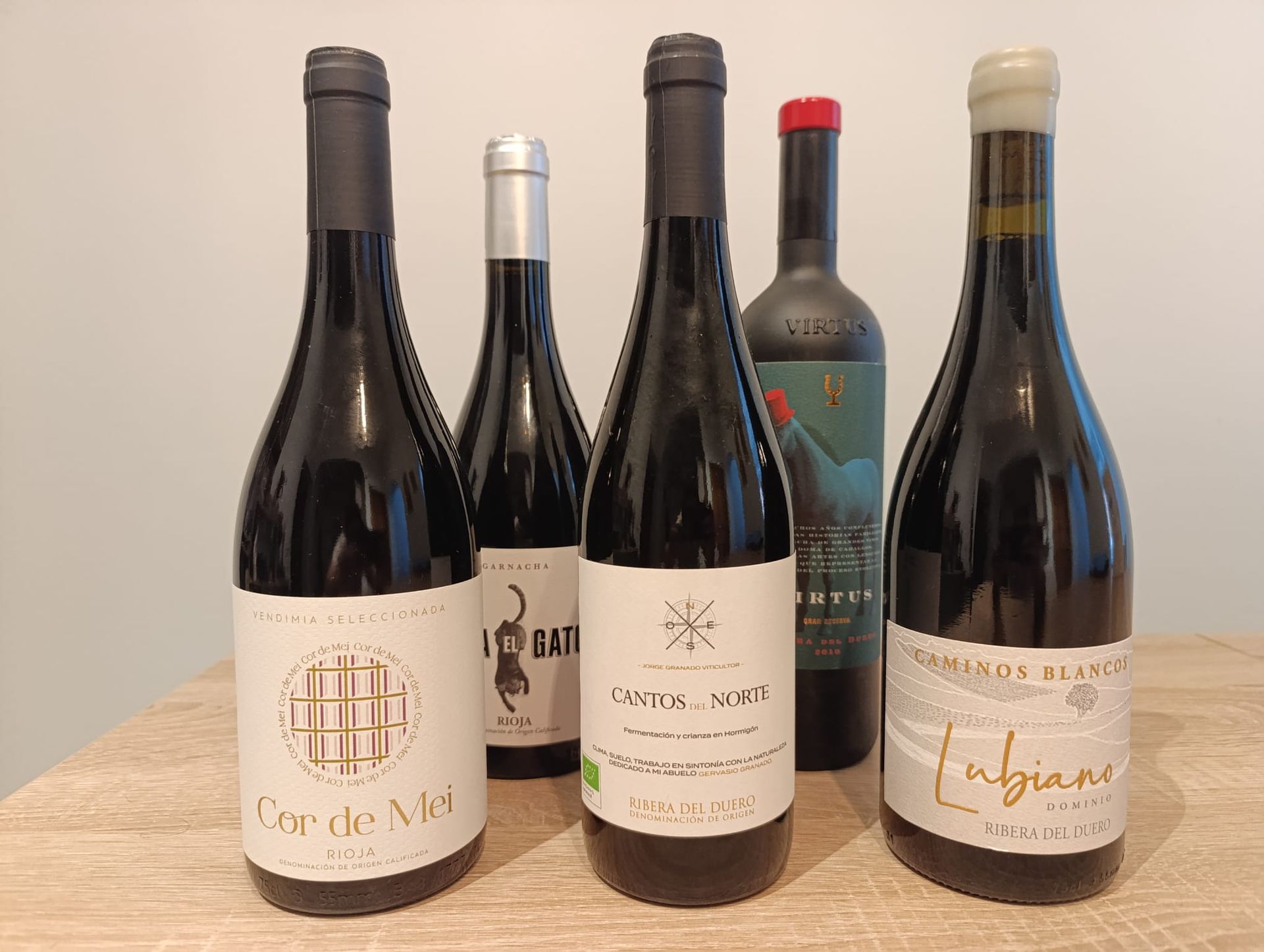
DO. DOCa. Vino de Pago. Vino de la Tierra. It’s alphabet soup, and unless you’ve got a spare law degree, it can be hard to know what it all means.
Let’s fix that.
A Little Context
Spain’s classification system exists to protect origin and quality. It’s a way to tell you where your wine comes from, how it’s made, and (in theory) what kind of style to expect.
Think of it like a pyramid. At the base, you’ve got broader, looser regional wines. As you climb, the rules get tighter, and the sense of place gets sharper.
But like everything, it’s not neat. And that’s part of the charm.
Vino de Mesa (Table Wine)
Let’s start at the bottom.
This is the simplest category. It’s just “wine,” with few restrictions. The grapes can come from anywhere in Spain, and the winemaker can do whatever they like.
Most basic supermarket plonk sits here, but - and this is key - some of the most creative, rule-breaking wines also fall into this category because the winemaker didn’t want to play by the DO’s rules.
It’s Spain. Rules are more like suggestions anyway.
Vino de la Tierra (VdlT)
The next level up means “Wine of the Land.” It’s roughly equivalent to France’s Vin de Pays or Italy’s IGT.
It still allows flexibility, but it ties the wine to a specific geographic area. Castilla y León, Extremadura, etc.
You might see this on labels from innovative producers who want regional identity without all the red tape, which means you’ll find different blends and grapes. As an example, Ribera del Duero requires a minimum of 75% Tempranillo to be labelled under the DO. If a winemaker only used 50%, it would be classified as VdlT Castilla y León.
A lot of modern Spanish projects - particularly those working with indigenous grapes or minimal intervention - start here before applying for DO status.
Denominación de Origen (DO)
Now we’re into the backbone of Spanish wine.
There are over 70 DOs across the country, from Rías Baixas in the misty northwest to Jumilla baking under the southeast sun.
To use a DO on the label, winemakers must follow rules about:
- Grape varieties (for example, Tempranillo in Rioja, Albariño in Rías Baixas)
- Yields (how much fruit per hectare; less is often better)
- Ageing categories (Crianza, Reserva, etc.)
- Production zones
The idea is consistency and typicity, and that wines should express the region’s style and climate.
Some DOs like Ribera del Duero are quite large, while others are tiny and fiercely proud (Bierzo, Priorat, Montsant). The best DOs aren’t about restriction, they’re about identity.
Denominación de Origen Calificada (DOCa / DOQ)
This is the elite club. Spain’s top tier.
Only Rioja and Priorat are labelled this way. The “Calificada” means these regions have maintained a high level of quality and control for decades.
To qualify, a region must have been a DO for at least ten years, maintain strict traceability, and prove long-term excellence. In Rioja, for instance, every bottle is tasted and approved by the Consejo Regulador before release.
Does DOCa automatically mean “better”?
Not necessarily, but it does mean consistent. The wines are monitored more tightly, and the system’s built on trust earned over generations.
Rioja set the blueprint; Priorat brought the revolution. We’ll see who steps up next. Ribera del Duero was actually approved the right to classify as DOCa in 2008, but for now, they’ve decided to stay as DO.
Vino de Pago: The Lone Wolves
Then you’ve got the outliers.
Vino de Pago (literally “Estate Wine”) is Spain’s way of recognising individual vineyards or estates that are exceptional enough to stand alone; separate from the regional DO system.
To qualify, a Pago must:
- Have its own distinct microclimate and soils
- Grow all its own grapes
- Vinify and bottle on-site
- Prove consistent quality over time
Think of it like Spain’s version of a Grand Cru, hyper-specific and self-sufficient.
Examples?
- Dominio de Valdepusa in Castilla-La Mancha, owned by Carlos Falcó (Marqués de Griñón), the pioneer of the category.
- Pago de los Balagueses in Valencia, where limestone soils and Mediterranean breezes create refined, mineral-driven wines.
- Pago de Arínzano in Navarra, known for its elegance and Burgundian polish.
These are the independents of Spanish wine. The ones who said, “thanks, but we’ll go our own way.”
So What Does It Mean for You?
Honestly? Don’t obsess over the acronym.
A great winemaker can make magic in any category and a bureaucrat can flatten the soul out of a DOCa wine.
But knowing the system helps you read between the lines.
If you see “DO,” you know what kind of grapes and style to expect. If you see “Vino de Pago,” you’re probably in for something distinctive. And if you see “Vino de Mesa” from a small producer with a glint in their eye, well, that might just be the most exciting bottle of the night.
Spanish wine isn’t about chasing status. It’s about chasing character. And sometimes, character lives just outside the lines.

